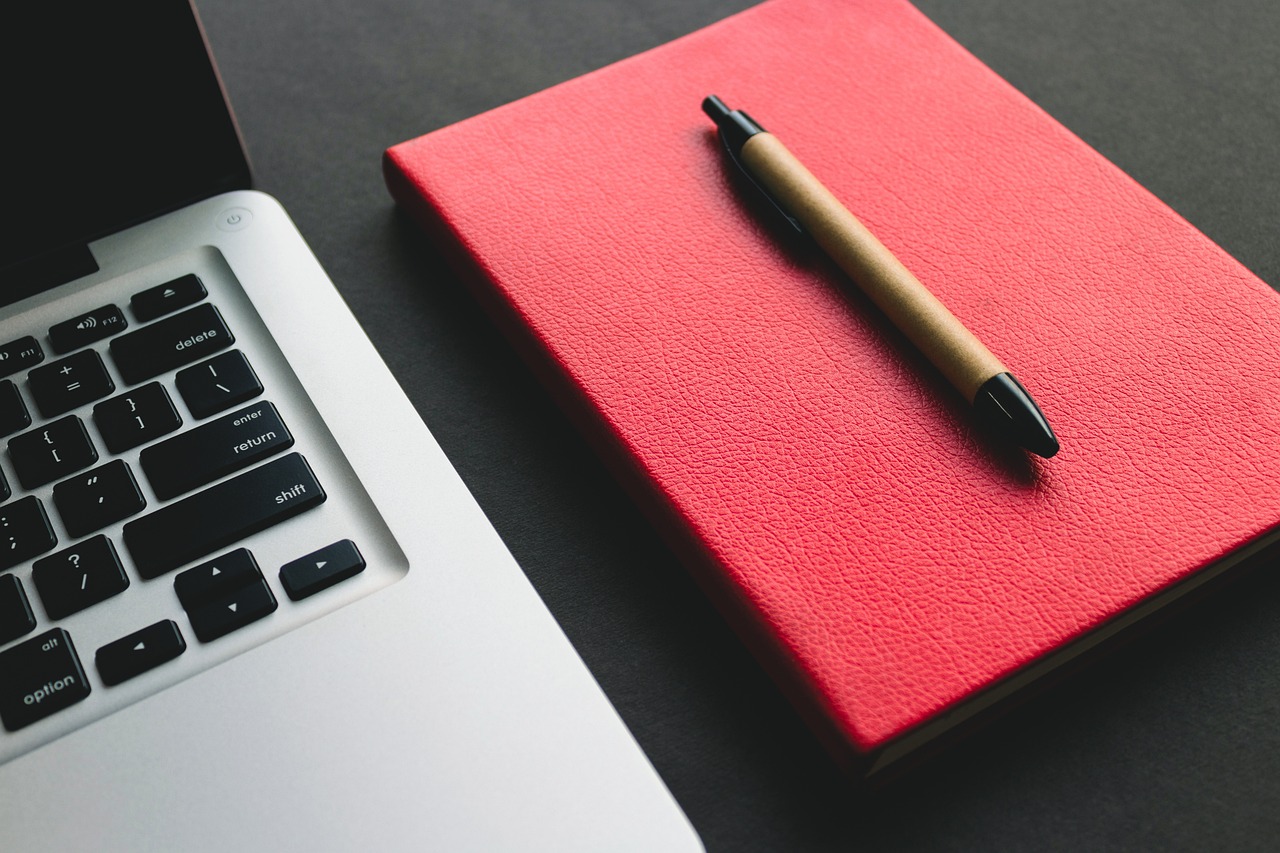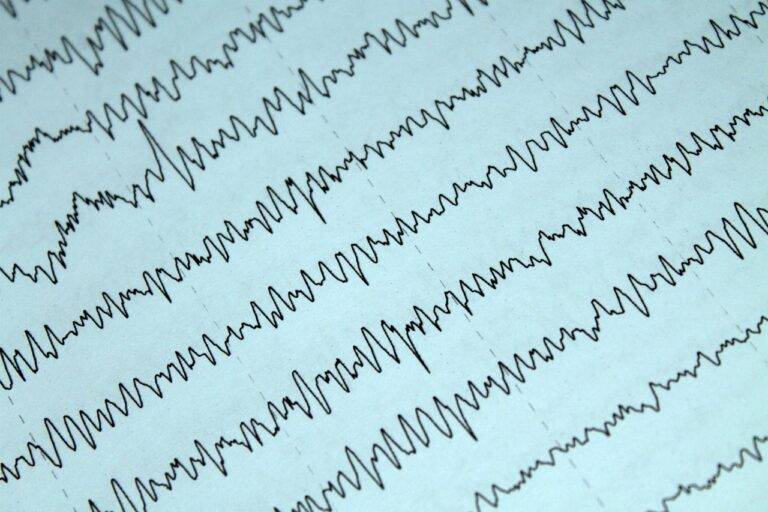Leveraging Generative Adversarial Networks (GANs) for Art Creation
Generative Adversarial Networks (GANs) have been rapidly gaining popularity in the field of artificial intelligence. This innovative approach to machine learning involves two neural networks the generator and the discriminator working in tandem to generate new data that is indistinguishable from real data. The generator creates synthetic data samples while the discriminator evaluates them, pushing the generator to improve its output over time.
One of the key strengths of GANs lies in their ability to generate highly realistic images, text, and other types of data. This technology has shown promising results in tasks such as image generation, image-to-image translation, and even text-to-image synthesis. By leveraging the power of adversarial training, GANs have opened up new possibilities in various industries, pushing the boundaries of what is possible in creative fields such as art, design, and entertainment.
Understanding the Role of Discriminator and Generator in GANs
The discriminator in Generative Adversarial Networks (GANs) is a crucial component tasked with distinguishing between real and generated data. Essentially, it acts as a binary classifier, providing feedback to the generator to enhance its ability to create more authentic outputs. The discriminator’s role is to scrutinize the generated samples and make predictions on their authenticity, driving the generator to produce more realistic data.
On the other hand, the generator in GANs is responsible for creating synthetic data that resembles the real data distribution as closely as possible. It aims to fool the discriminator into believing that the generated samples are authentic. Through an adversarial training process, the generator refines its outputs iteratively to minimize the discernibility between real and fake data. By enhancing its generation capabilities based on the feedback received from the discriminator, the generator evolves to produce increasingly convincing data samples.
The Impact of GANs on the Art Industry
Generative Adversarial Networks (GANs) have revolutionized the art industry by offering a new creative tool for artists and designers to explore. Artists can leverage GANs to generate unique and innovative artworks, pushing the boundaries of traditional artistic creation. This technology allows for the synthesis of surreal and imaginative pieces that challenge conventional artistic norms and spark new conversations in the art world.
Furthermore, GANs have opened up avenues for collaboration between humans and artificial intelligence in creating artworks. By combining the creativity of artists with the computational power of GANs, collaborative art projects are pushing the boundaries of what is possible in art creation. This fusion of human imagination and machine learning is leading to the development of artworks that blur the lines between the digital and physical realms, expanding the realm of artistic expression in profound ways.
What are GANs?
GANs, or Generative Adversarial Networks, are a type of artificial intelligence algorithm that generates new, synthetic data based on patterns observed in a training dataset.
How do GANs work?
GANs consist of two neural networks – the Generator, which creates new data, and the Discriminator, which evaluates the generated data against real data. They work in a competitive manner, with the Generator trying to fool the Discriminator into thinking its output is real.
How are GANs used in the art industry?
GANs have revolutionized the art industry by enabling artists to create unique, AI-generated artworks, generate new styles and techniques, and even restore old or damaged artworks.
What are some examples of GANs in art?
GANs have been used to create realistic portraits of fictional characters, generate new art styles inspired by famous artists, and even produce surreal and abstract artworks.
Can GANs replace human artists?
While GANs can be a powerful tool for artists, they cannot replace human creativity, emotions, and intuition. They are best used as a tool to enhance and inspire human artists, rather than replace them.





